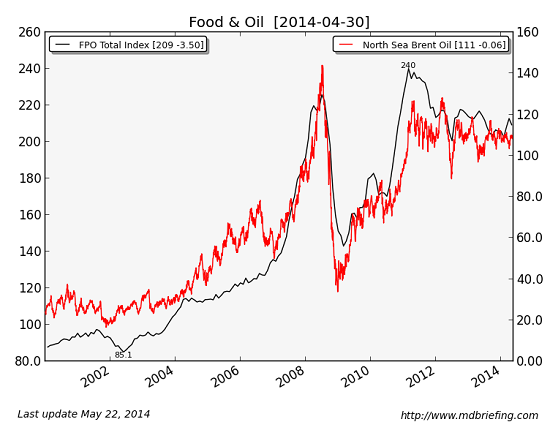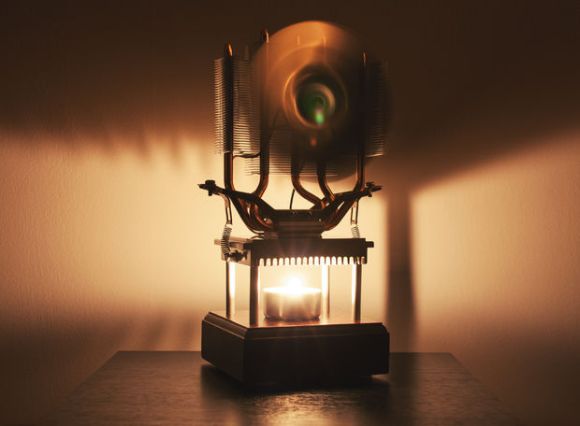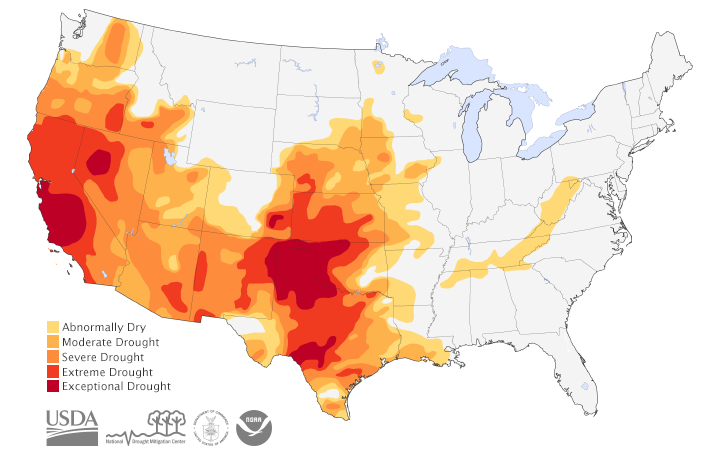Obesity and Economic Environments (PDF)
Source: CA: A Cancer Journal for Clinicians
This review summarizes current understanding of economic factors during the obesity epidemic and dispels some widely held, but incorrect, beliefs. Rising obesity rates coincided with increases in leisure time (rather than increased work hours), increased fruit and vegetable availability (rather than a decline in healthier foods), and increased exercise uptake. As a share of disposable income, Americans now have the cheapest food available in history, which fueled the obesity epidemic. Weight gain was surprisingly similar across sociodemographic groups or geographic areas, rather than specific to some groups (at every point in time; however, there are clear disparities). It suggests that if one wants to understand the role of the environment in the obesity epidemic, one needs to understand changes over time affecting all groups, not differences between subgroups at a given time. Although economic and technological changes in the environment drove the obesity epidemic, the evidence for effective economic policies to prevent obesity remains limited. Taxes on foods with low nutritional value could nudge behavior toward healthier diets, as could subsidies/discounts for healthier foods. However, even a large price change for healthy foods could close only part of the gap between dietary guidelines and actual food consumption. Political support has been lacking for even moderate price interventions in the United States and this may continue until the role of environmental factors is accepted more widely. As opinion leaders, clinicians play an important role in shaping the understanding of the causes of obesity. CA Cancer J Clin 2014;000:000-000. VC 2014 American Cancer Society.













